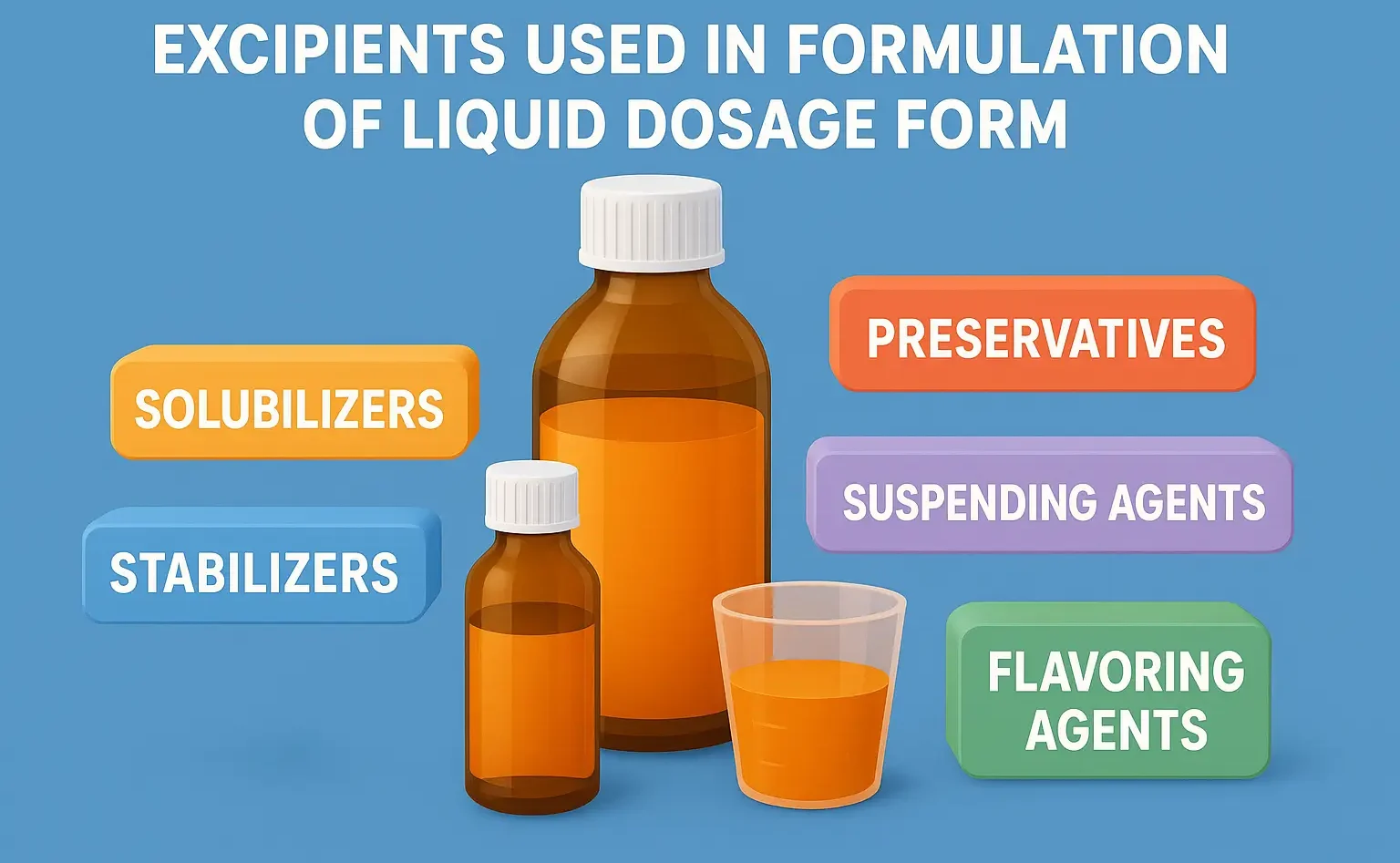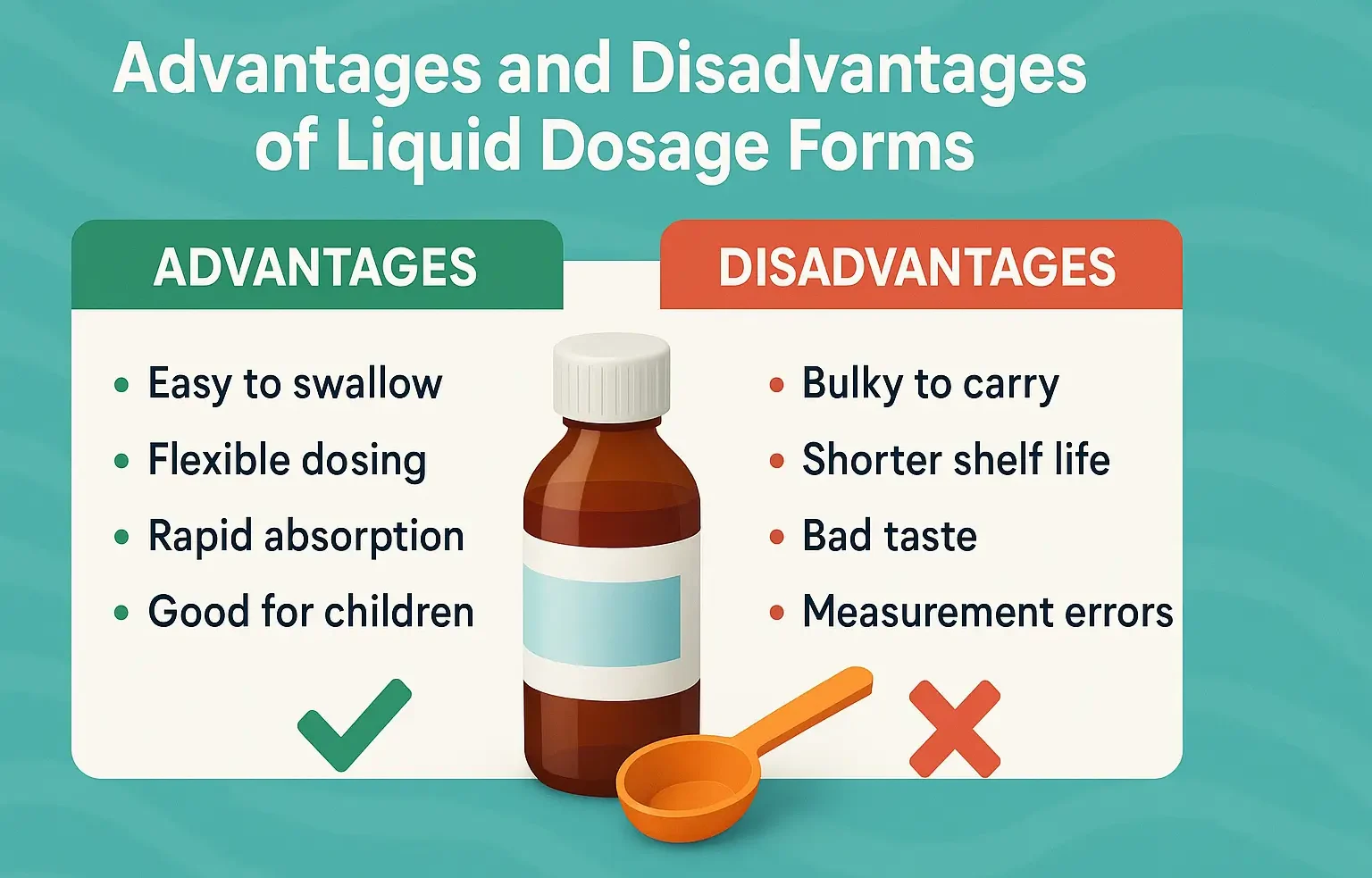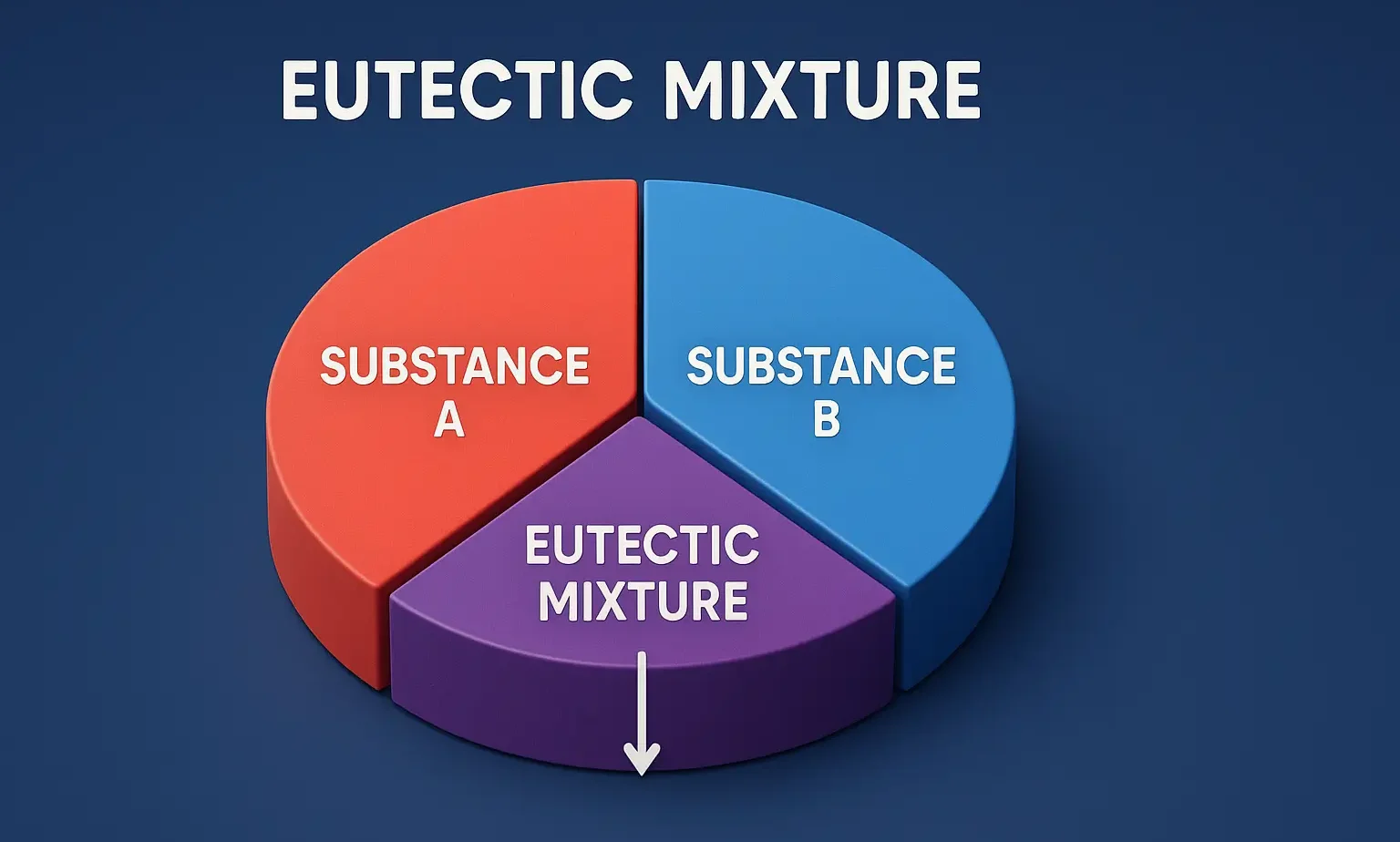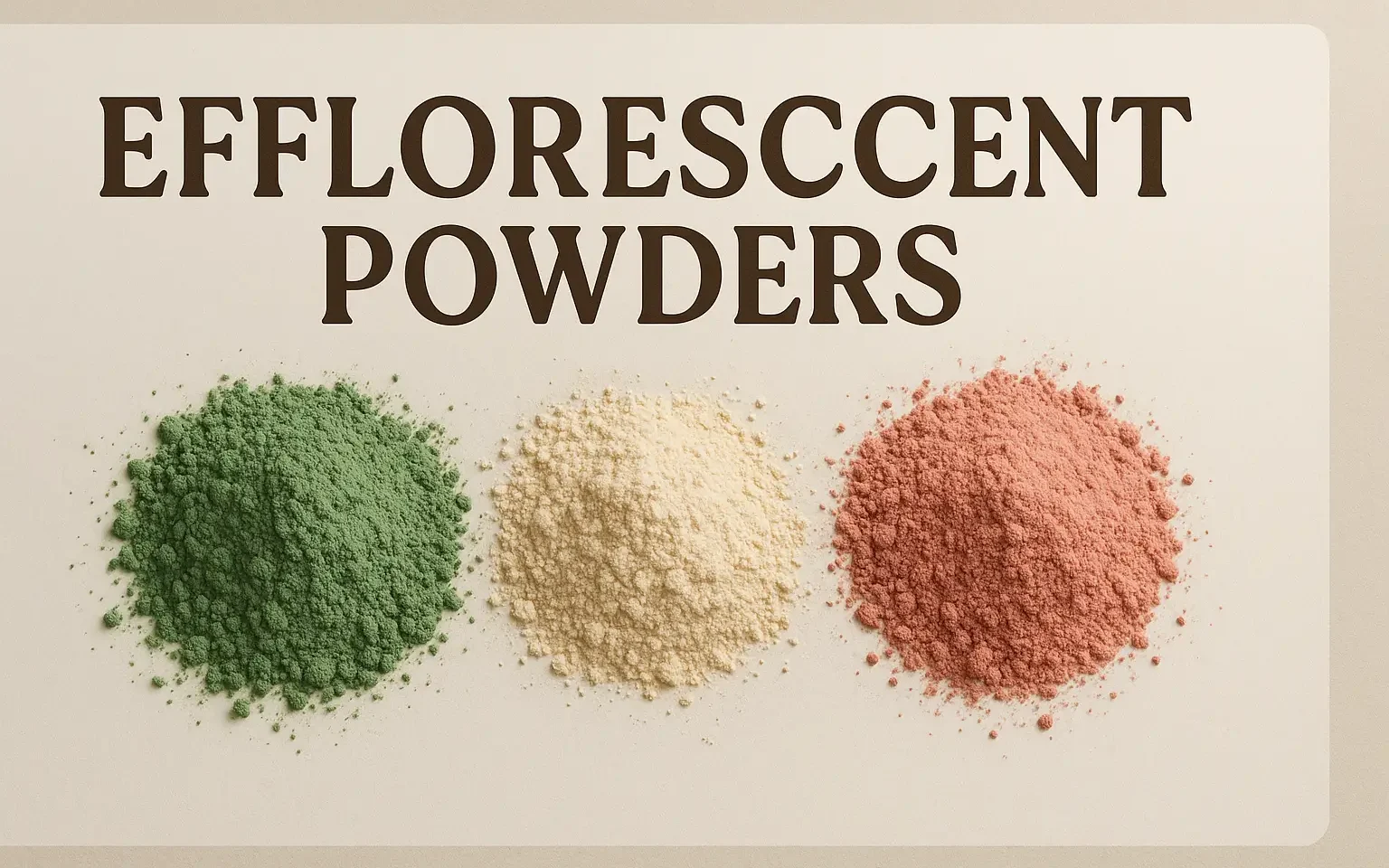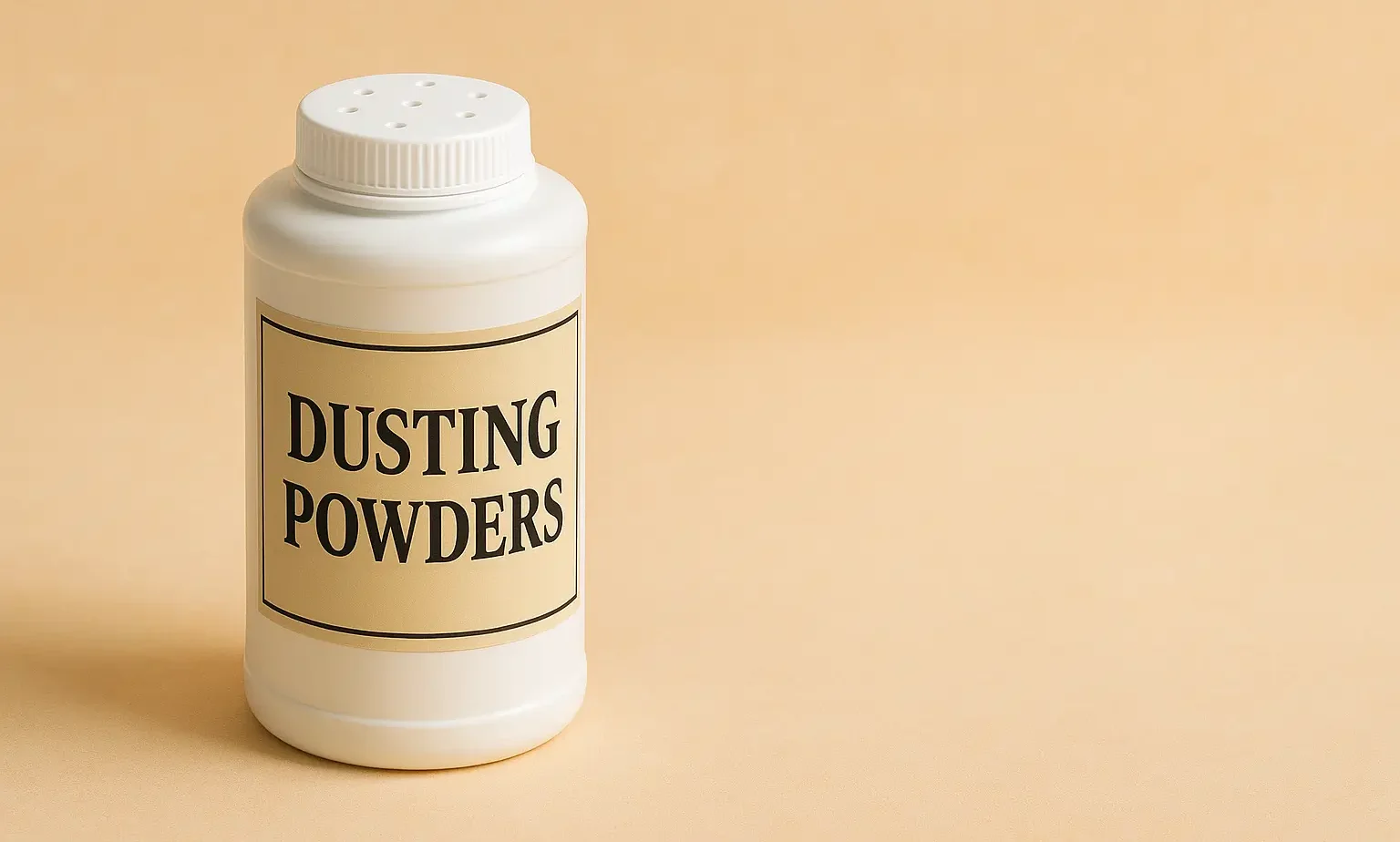Monophasic Liquids
Introduction Monophasic liquids are liquid dosage forms that consist of a single, homogenous phase. They are typically comprised of a solvent, one or more dissolved active pharmaceutical ingredients (APIs), and various excipients. In monophasic liquid dosage forms, the API and excipients are uniformly distributed throughout the liquid, ensuring consistent dosing and rapid absorption. These formulations … Read more



